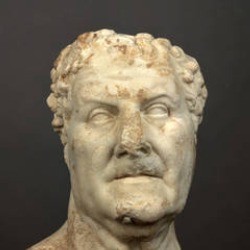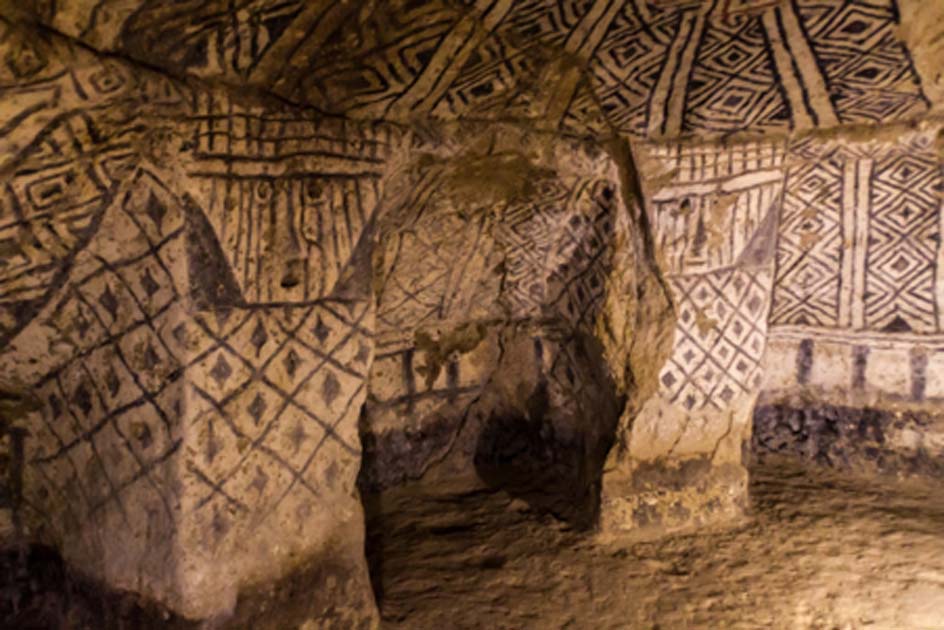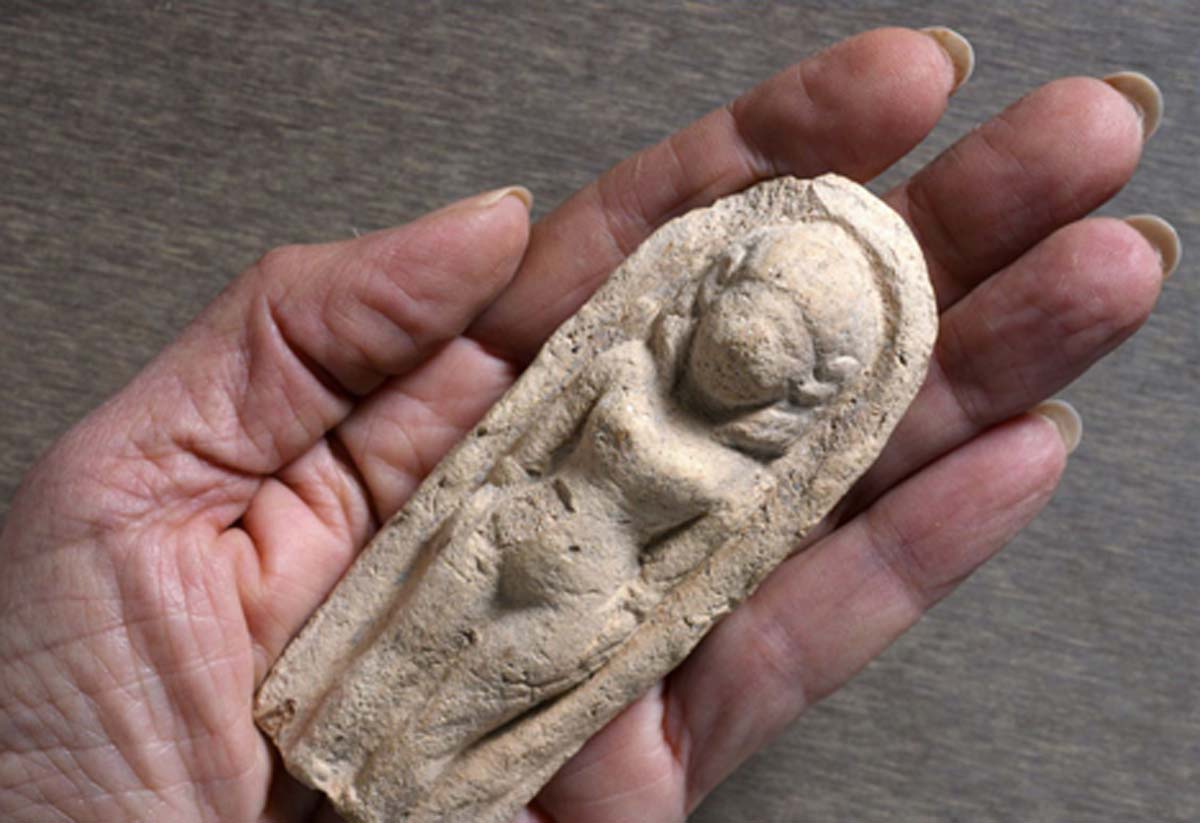via the Big Think blog by Frank Jacobs
Most of it was eaten by Earth's mantle, but scraped-off bits survive in the Alps and other mountain ranges.

Topographic map of the Mediterranean Sea basin, once home to the continent of Greater Adria.
Image: NASA / public domain
- Following a 10-year survey, geologists discover a lost continent in the Mediterranean.
- 'Greater Adria' existed for 100 million years, and was probably "great for scuba diving".
- Most of it has been swallowed up by Earth's mantle, but bits of it survive.
==============================
via Interesting Literature
Hamlet’s first soliloquy in Shakespeare’s play, the speech beginning ‘O, that this too too solid flesh would melt’ (in some editions, ‘O, that this too too sullied flesh would melt’ while, in some others, ‘O, that this too too sallied flesh would melt’) is one of the most famous speeches in the play, and as with all of Hamlet’s soliloquies, the language requires some unpacking.
First, here’s a reminder of the speech in full, followed by some words of analysis. The ‘O, that this too too solid flesh would melt’ soliloquy can be found in Act I Scene 2 of Hamlet. (We’ve summarised Hamlet here and offer an analysis of the play’s themes in a separate post.)
Continue reading
==============================
via 3 Quarks Daily by Jeroen Bouterse

I remember the first time I thought I might be able to get on board with Stoicism. I read a passage in Aulus Gellius’ Attic Nights, about a distinguished Stoic philosopher on a ship crossing the Ionian sea. The ship finds itself in a violent storm, catches water and seems to be on the verge of being overpowered by the elements. The narrator describes how everybody is working to keep the vessel afloat, all the while lamenting their situation.
In the midst of all the chaos, he looks for the Stoic – perhaps to anchor his own courage in the idea that the truly wise are unperturbed even by this seemingly dire situation. “And then”, he remembers later, “I beheld the man frightened and ghastly pale, not indeed uttering any lamentations, as all the rest were doing, nor any outcries of that kind, but in his loss of colour and distracted expression not differing much from the others.” Whether the philosopher at least manages to make himself useful at the pumps remains unclear.
Continue reading
==============================
via Boing Boing by Mark Frauenfelder
The Action Lab Man conducts a groundbreaking experiment to find out what happens when a large neodymium magnet meets a cube made of 1,000 small neodymium magnets.
Action Lab/YouTube
==============================
via Ancient Origins by Ed Whelan

Decoration of an ancient tomb in Tierradentro Source: Matyas Rehak / Adobe Stock
One of the greatest Pre-Columbian civilizations of Colombia were the Tierradentro who flourished for centuries. They created a remarkable series of cave tombs and monuments which offer us a unique insight into life in the area before the Spanish Conquest . The National Archeological Park of Tierradentro with its many shaft tombs has no parallel in Latin America and is now a designated UNESCO World Heritage site.
Continue reading
==============================
via Interesting Literature
Green is the colour of spring, of leaves on the trees and grass in the rain. So it’s no surprise, given the ubiquity of the colour green in the world of nature, that poets down the ages have written about this most evocative of colours. Here are ten of the very best poems about the colour green.
Continue reading
==============================
via the OUP Blog by Noah Potvin

“selective focus photo of brown guitar on white pillow” by Kari Shea. Royalty free via Unsplash.
Music and spirituality are two mediums frequently – almost ubiquitously – partnered in cultures around the world with the intention of enhancing engagement with the divine. Spiritual practices are infused with music to intensify the transpersonal components of worship, meditation, and ritual. Correspondingly, musical encounters are infused with spiritually-based beliefs and practices to provide individuals connections with themselves and others in uniquely powerful ways.
Continue reading
==============================
via Boing Boing by David Pescovitz
Continue reading
==============================
via Ancient Origins by Ashley Cowie

This naked lady statuette was found by a 7 year old boy at Tel Rehov in 2015. Source: © Clara Amit, courtesy of the Israel Antiquities Authority .
Five clay tablets depicting full-breasted naked ancient Egyptian women and a carved scarab have been unearthed by archaeologists digging at Rehob, a 3,500-year-old city in modern-day Israel.
Mazar and Uri Davidovich are archaeological professors at the Hebrew University of Jerusalem and they detailed their new findings in a paper published recently in the Bulletin of the American Schools of Oriental Research, which you can read here on the University of Chicago website. Tel Reḥov (Reḥob) was among the largest of the ancient Canaanite cities in the southern Levant during the Late Bronze Age (15th–13th centuries BC) and flourished when Egypt controlled much of the region.
Continue reading
==============================
via Interesting Literature
‘Take, Oh Take Those Lips Away’ is a song from Shakespeare’s ‘problem play’, Measure for Measure. It’s not as famous as some of the Bard’s other songs, but it’s been praised and singled out as among the best of them, notably by the poet A. E. Housman. Here’s the text of ‘Take, Oh Take Those Lips Away’ followed by some words of comment and analysis.
Continue reading
No comments:
Post a Comment